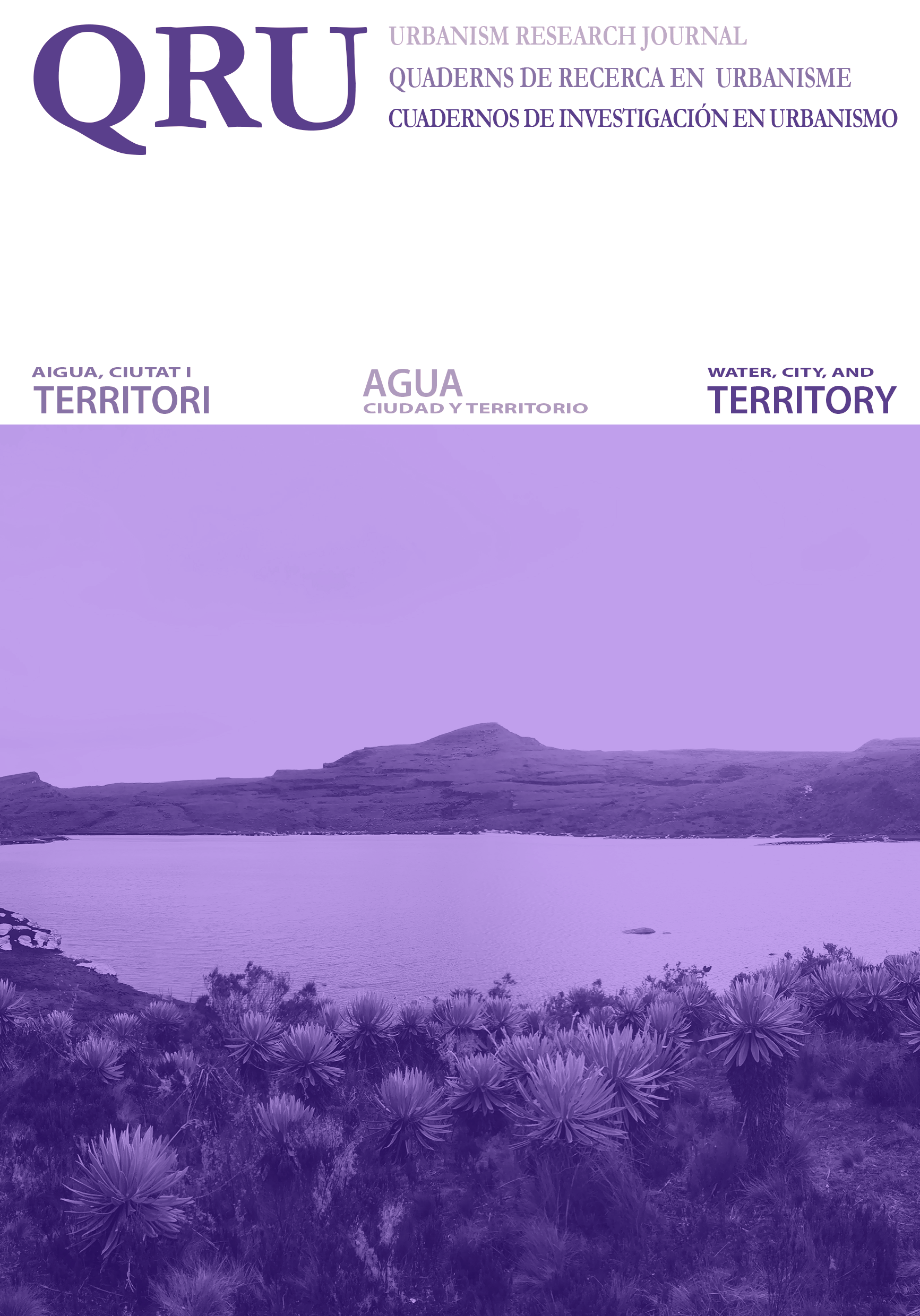“EL VALLE BAJO”: A PRODUCTIVE RURAL VALLEY
Rural development project through irrigation channels
DOI:
https://doi.org/10.5821/qru.11899Abstract
The relationship between water and territory has always been and continues to be crucial. However, the dynamics derived from urbanization and industrialization processes and the impact of climate change have damaged an already increasingly scarce resource, which shapes one of the great challenges to overcome today. When we talk about water in our cities, we should no longer do it from an innovative logic but from a point of view of responsible perspective. Therefore, the reconstruction of the irrigation canals of Capinota, in Bolivia, aims to give value to the cultural landscape of water and to renew water management in order to reclaim the historical relationship between the territory and the river, which contributes to the strengthening of the local structure and new dynamics for rural development. The mere generation of cartography and the irrigation architectures build up a story that places water at the center of the project while emphasizing how important is the restoration of the canal, thus improving the water quality and management and strengthening the development of the region and the local community empowerment.
Downloads
Published
Issue
Section
License
Those authors who have publications with this journal, accept the following terms:
a. Authors will retain their copyright and guarantee the journal the right of first publication of their work, which will be simultaneously subject to the Creative Commons CC BY-NC-ND-4.0 recognition license that allows third parties to share the work provided that its author and its first publication are indicated in this journal, but they cannot be changed or used commercially.
b. Authors may adopt other non-exclusive license agreements for the distribution of the version of the published work (eg: deposit it in an institutional telematic archive or publish it in a monographic volume) provided that the initial publication in this journal is indicated.
c. Authors are allowed and recommended to disseminate their work through the Internet (e.g. in institutional telematic files or on their website) before and during the submission process, which can lead to interesting exchanges and increase citations. of the published work. (See The effect of open access).













